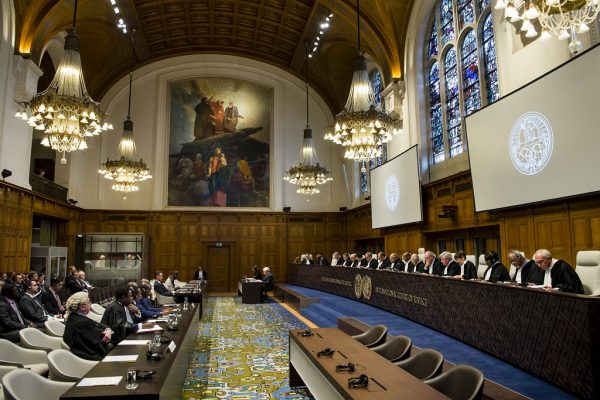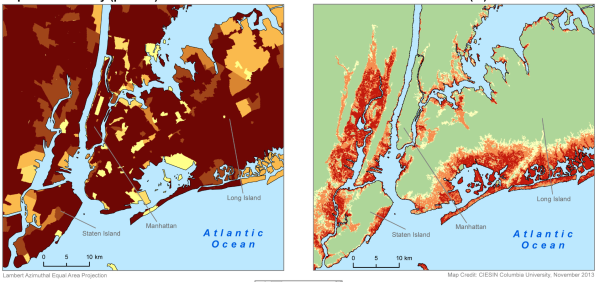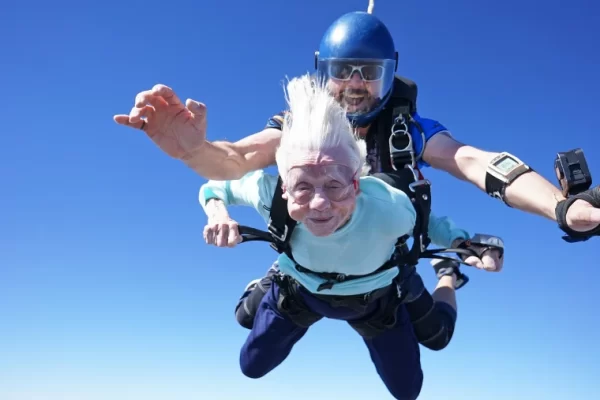Staying Updated on the Presidential Debate
The race is on. The Democratic and Republican primaries kicked off this month with the Iowa caucus and the New Hampshire primary, two key stops on the road to the White House. The results of these two party contests traditionally have a disproportionate effect on each party’s final choice for their representative in the general election. This is due to the simple fact that because they come first in the election process, Iowa gets to select the initial frontrunner, and New Hampshire gets to either confirm or contradict Iowa’s choice. Only one candidate in history—Edmund Muskie in 1972—has won both Iowa and New Hampshire but lost the nomination. If the recent Iowa caucuses and New Hampshire primary give any indication as to the results of the contests in the other forty-eight states, the Road to the White House promises to be nothing if not climactic.
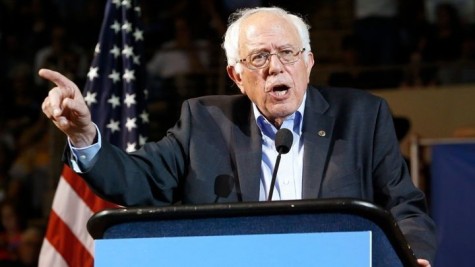
The Iowa caucus featured a startling upset on the Republican side: Texas senator Ted Cruz cruised by business mogul Donald Trump, the longtime favorite and frontrunner in the polls. Cruz received nearly 28 percent of the votes, Trump 24 percent, and Florida senator Marco Rubio 23 percent—a close third after his sharp rise in the polls this month.
In the Democratic caucus, former Secretary of State Hillary Clinton clinched a narrow first with 49.9 percent of the votes to Vermont senator Bernie Sanders’ 49.6 percent. The only other Democratic candidate still in the race, former Maryland governor Martin O’Malley, received around half a percent. O’Malley subsequently dropped out of the race, never having topped 4 percent in the polls.
The results of the New Hampshire primary on the ninth were just the opposite—Trump triumphed, while Hillary felt the Bern. In the Republican primary, The Donald bounced back from his defeat in Iowa to secure New Hampshire with 35 percent of the total vote. Ohio governor John Kasich, who placed eighth in Iowa with less than 2 percent, snagged a surprising second in New Hampshire with over 15 percent. Ted Cruz, who won Iowa, fell to third in New Hampshire at 12 percent–not a bad standing considering it is one of his weakest states in poll popularity. Cruz was followed by former Florida governor Jeb Bush (11 percent), Marco Rubio (10 percent), New Jersey governor Chris Christie (7 percent), businesswoman Carly Fiorina (4 percent), and retired American neurosurgeon Ben Carson (2 percent). Both Carly Fiorina and Chris Christie withdrew from the primaries after their dismal showings.
On the Democratic side, Sanders blew by Clinton and took the victory with a staggering 60 percent of the votes. Clinton limped across the finish line at 38 percent, a disastrous result for the last female candidate who has dominated the Democratic polls since her campaign began. Experts attribute Sanders’ success to his enduring appeal to young people. With a record voter turnout in New Hampshire, the number of young voters was far higher than normal, and the vast majority of them—over 90 percent—voted for Bernie. Analysis shows that he swept the board in almost every other demographic as well. The only age group in which Clinton eclipsed him was with voters over sixty-five.
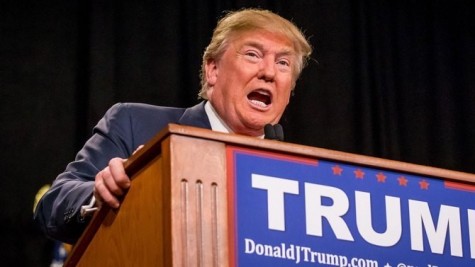
At this point in the race, the field has narrowed to two Democrats and six Republicans. An average of all Democratic polls shows that Hillary Clinton is hovering around the 50 percent mark, while Bernie Sanders is nearing 40 percent and climbing. All the Democratic hangers-on have been eliminated, so it will be neck and neck between Clinton and Sanders for the nomination.
The Republican race, on the other hand, is still full of competitors. Donald Trump, defying all expectations of a short-lived sensation, is topping the charts at 35 percent, although his defeat in Iowa cost him over six percent. Second is Ted Cruz, who has been climbing steadily since November and has now reached 21 percent. Just behind Cruz is Marco Rubio, who has had his ups and downs but is now over 16 percent thanks to his strong third place showing in Iowa. John Kasich is at nine, Ben Carson at six, and Jeb Bush last at five. For these last three, hope is all but gone; they rival the frontrunners only in sheer tenacity.
There are still half a dozen candidates for the Republican nomination and two for the Democratic one. A year from now, one of these eight will be the President of the United States. Which one it will be is so far unknown.






